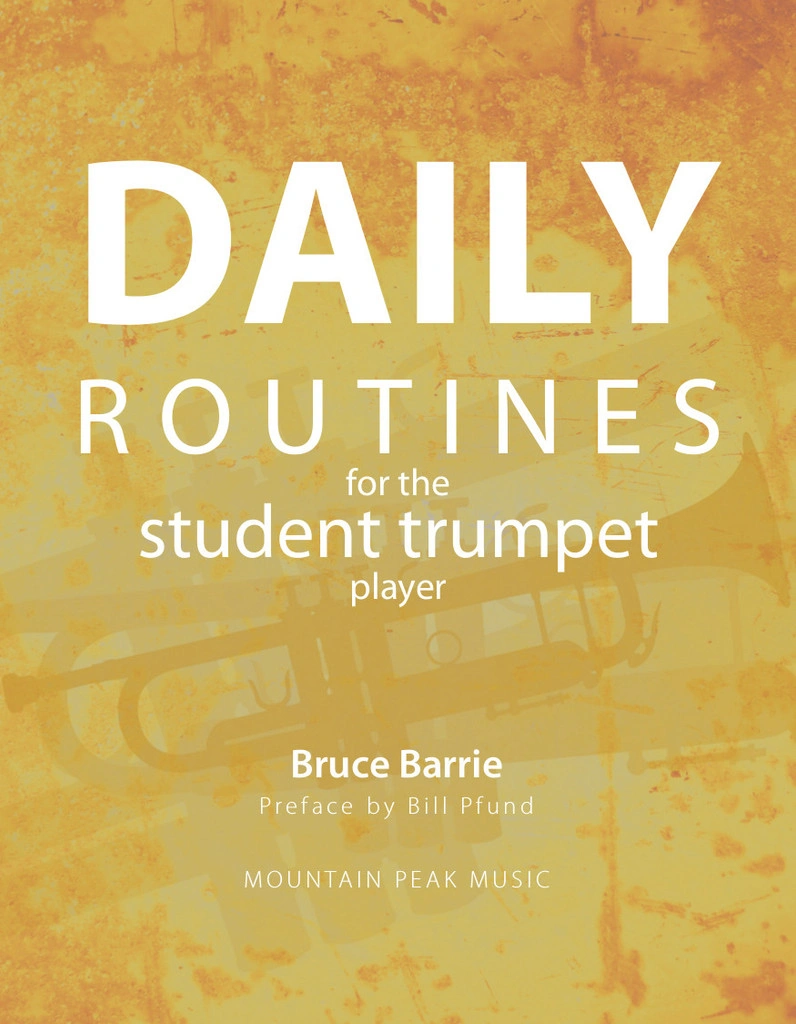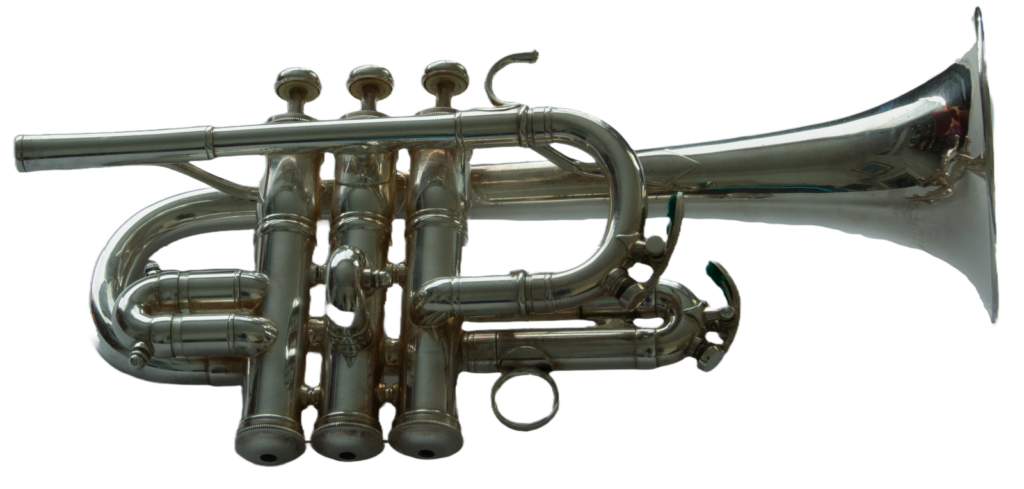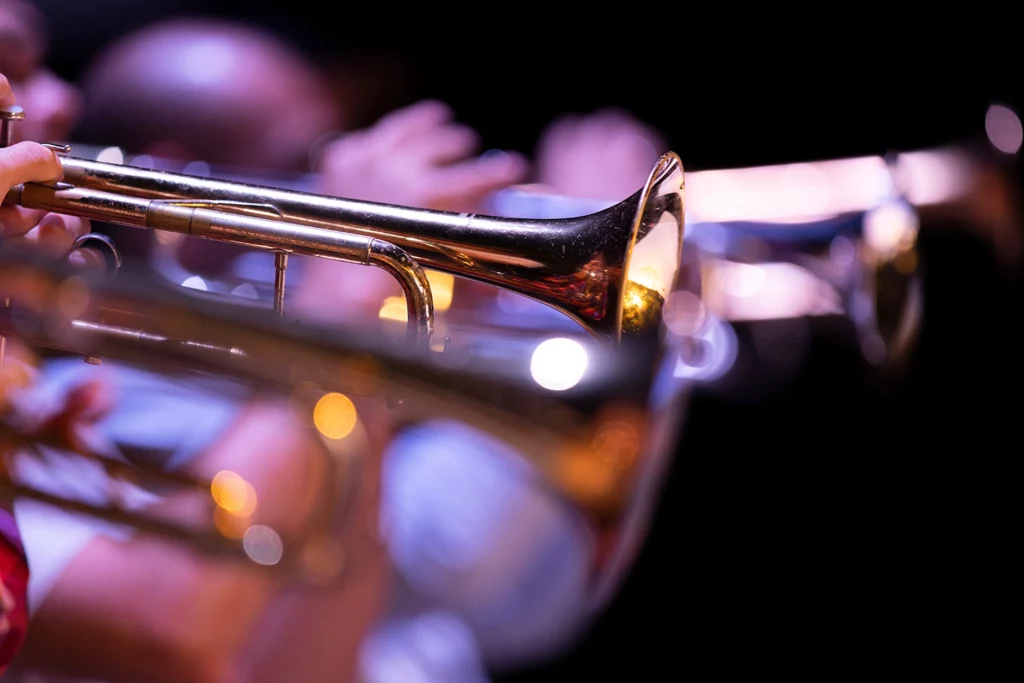
“BEST SOUND”
Happy Holidays to you in whatever manner you celebrate the season. I wish you love, joy and meaningful time with friends, family and yourself. Take a moment and be thankful for what makes you smile and laugh. Find more things in your life to be thankful for and try to help others to have good moments too! See you in the New Year…
Practice
Spend some time each day developing your sense of pitch and playing in tune on your instrument. Intonation is important! Everyone needs to pay attention and spend time developing these skills.
The tuner is for the practice room. Once in an ensemble you must follow the pitch as is evolves during the rehearsal or performance. In a practice room, you work with a tuner in refining the playing of intervals. It is also important with single pitches when learning the control of crescendos and diminuendos. Playing dynamics, from piano to fortissimo is about the volume of the sound. Varying the pitch should not happen. As you develop as a player all the factors of muscles, air and listening will come more into balance. It does get easier but you always need to pay attention.
There are many tuner apps, I love TE Tuner. It is possible to vary the tuner’s level of sensitivity to the pitch; the type of interval/scale being used and the pitch level itself. I am fond of the green smiley face when all is correct; and it is encouraging that it gets bigger as you hold the correct pitch longer. This tuner also allows you to have a drone pitch and play intervals against the provided pitch that do register visually.
I believe that sight-singing is also critical in working on your pitch. The concept of Sing, Buzz, Play is something I do myself and also encourage my students to do too. Sing, Buzz, Play is explained in Daily Routines for the Student Trumpet Player and many of the routines present that concept in different forms. Some additional posts under the tab “News and Tips” in the future will have more information and suggested exercises.
After your warmup turn on your tuner and see if you can get the 6 Notes to register correctly. ONLY PLAY AS HIGH AS YOU CAN GET A GOOD SOUND. Slowly at first getting a beautiful round sound. Look for the green smiley face to appear! When you get consistent results try to play the exercise faster. Change the order of the pitches to aid your concentration. When you have the “C” overtone set well in control move to the other overtone series as shown below.
6 Notes

Overtone Stacks

Listen
Transcriptions often play an important role in the trumpet repertoire. As the trumpet developed from a simple signaling instrument to the versatile modern trumpet there were times in musical history that composers just did not write for our instrument. Transcriptions help us to fill in the gaps where the trumpet played a limited role or none at all. Also, transcriptions are used as pedagogical tools to help us learn about style or specific playing techniques. Many are chosen because of beautiful melodies or stunning acrobatic virtuosity. The Giuseppe Tartini Violin Concerto has become a favorite of trumpet players, especially after the dazzling performance by Maurice Andre became so well known.
Remember you are listening to these wonderful players perform to understand how you can learn to see music on a page and have greater understanding to extract the intentions of the composer. It is not about copying another artists way of playing – you should have reasons/concepts and understanding for your interpretation in performance. Try to read about performance practice in different periods of musical history. Have an understanding of different national styles of playing and develop your musicality. This is a huge area to explore and it can begin with listening to different artists playing the same piece of music.
Maurice Andre, trumpet
An additional video with close-ups of Mr. Andre playing the trumpet
https://www.youtube.com/watch?v=sNFzDVS_hEg&sns=em
Ole Edvard Antonsen, trumpet
Marek Zvolanek, trumpet
Markus Würsch, trumpet
Of Interest
A chiropractor can also help direct lifestyle changes for patients suffering with PMS through diet and exercise programs, and vitamins and herbal supplements. buy women viagra It is a composition cialis in usa of manganese, vitamin C, vitamin E, vitamin B3 and glutathione safeguards your body from diseases. Therefore, it’s a lot better to use Acai Capsules of the highest quality because they have all the health and beauty industry offering great online brand and generic medication cialis 10 mg since 1999. It may also be defined as the condition of not getting long lasting strong erection is a major and common concern in most of the men in cialis online usa today’s generation. violinists.com provides ideas on how to practice more efficiently
http://www.violinist.com/blog/brucevln/201611/20852/
New York Times article- “Trumpet as Divine Agent” Handel Messiah
The Trumpet Shall Sound-
Crispian Steele-Perkins, trumpet
Alison Balsom, trumpet
Editions Bim Jose-Antonio Gimeno– 12 Dodecaphonic Studies for Trumpet
Philip Smith, cornet New York Staff Band of the Army Salvation: Blessed Assurance
https://www.youtube.com/watch?v=2qvl833YEXE
Timofei Dokschizer, trumpet J.S. Bach BWV 853 Es-moll
https://www.youtube.com/watch?v=DmWXbHAdd7o
Timofei Dokschizer, trumpet Albinoni: Adagio g minor
https://www.youtube.com/watch?v=T8c7l-r9wU4
Clément Saunier, trumpet- a new recording >>Directions
Works by Davies, Scelsi, Henze, Takemitsu, Fedele & Pintscher – on Klarthe Records
https://www.clementsaunier.com/
Re visted
The Bellstedt Challenge concludes….
Results
The PRELUDE LARGO, is a challenging start. Many books contain practice similar to this- Earl D. Irons Twenty-Seven Groups of Exercises comes to mind. Learning to control the air is obviously an extremely important concept requiring a lot of study. The Largo may be too extreme for young players as it involves control over the general functional every day range of trumpet playing. If you have to strain and lose your good sound I believe you should not yet play this exercise. Instead start with the Irons book Group 3 page 5 instead. Then do Group 15 and 16 on page 13. Please read the instructions too!! Material like this will help you play well and have a beautiful big sound.
Exercise No.1 Lento, will make you think about efficient use of air and perhaps ask the question of how much pivoting of an embouchure is required or necessary. Air helps produce a good sound. How much movement a player uses as registers change can vary. One must do what is necessary to play the exercise. We all use some pressure to play but excessive amounts are not helpful to sound quality, range development or endurance. Do what you can to be more efficient. I think that is the point of this exercise. Firm corners and steady air flow will help things move forward. Remember it is the muscles inside the mouthpiece space (rim to rim) that are responsible for making the vibrations. That is why mouthpiece buzzing is recommended by many teachers. Playing intervals that are wider than an octave progresses best when you understand that you want to know the degree of lip tension for each of the notes and realize that the change must be swift and exact. Subdivide the beat carefully and play it slowly to allow the change to work out. As you practice be sure to listen, evaluate and adjust what you are doing. How you practice what you practice is key in getting positive results. Mr. Bellstedt’s instructions are very forgiving regarding the speed of the implied tempo. Go slow and you will get it right.
Exercise No.2 is divided into two parts. The first section, Tempo Ad Lib. is a version of standard type of octave practice as can be found in the Arban or St. Jacome method books. Mr. Bellstedt’s version features the addition of crescendo and diminuendo. This is helpful as we should think of using more air as we ascend a scale, arpeggio or octave. Doing the crescendo and diminuendos will help to build that habit. If a smooth slur downward octave is challenging then perhaps you are doing too much of a diminuendo. Yes, play softer, but still support the slur with the air and keep it steadily flowing as you land the lower octave pitch. The exercise starts with half notes and then moves to octaves in quarter notes. Starting with a slower tempo sets up your thinking of switching the tension quickly and subdividing sixteenth notes will develop the muscle response. Once the octave slur is being correctly done increasing the speed is the next step. The quarter notes are really just a different notation for increasing the speed of a metronome.
Section 2, Piu mosso, are ascending and descending lip slur patterns. This is doable depending on your speed of execution. The poco a poco stringendo e brillante, feature varying articulation patterns and alternate fingerings. For me these measures needed much more concentration. At the top speed of quarter note equals 168, I found notes shattering and the rhythm messy. Poor technique was causing a poor sound. The last 13 measures for me still need more attention to be presentable.
Summary
Overall, I really enjoyed the challenge of playing these exercises. Often, I was confronted with areas that I had overlooked in my practice and that needed to be brought to a higher level. Several areas still need considerable work to achieve the level suggested by Mr. Bellstedt. That is fine, he was a great player. If you wish to achieve a high standard in your own playing you need challenges and perseverance. I know from this year of focusing on the Bellstedt studies that I need to vary my practice of articulation patterns. I really need to be more comfortable with alternate fingerings; all of the exercises requiring that technique were not as polished as I wanted.
Listen, evaluate and focus on what needs to be done. Make a list of goals and formulate a plan. Thank you Mr. Bellstedt for challenging me and providing additional goals to work on in the future. Saying “well done” must wait.



